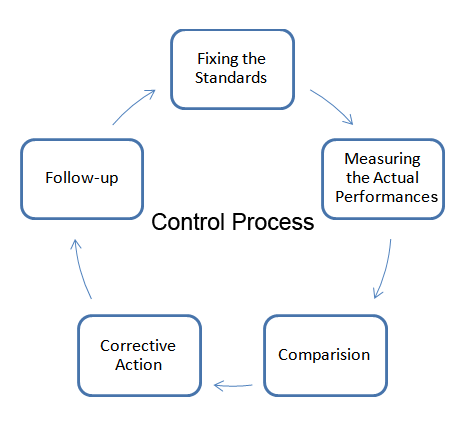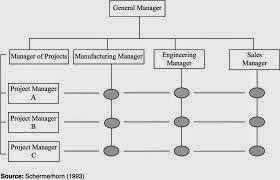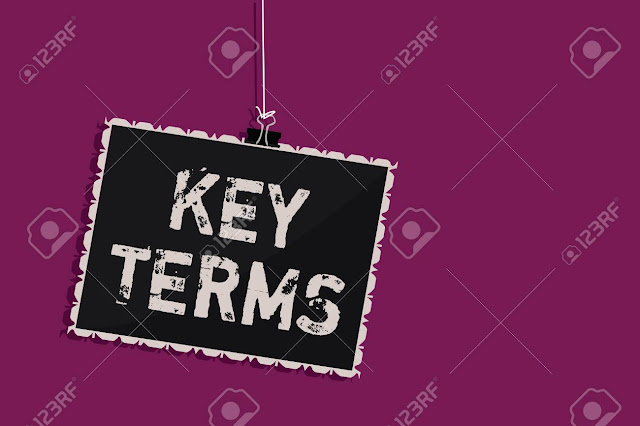PROCESS OF CONTROLLING
Control is one of the managerial functions.
These functions start with planning and end at controlling. The other functions
like organizing, staffing, directing act as the connecting like between
planning and controlling. Planning will be successful only if the progress
planning and controlled, Planning involves setting up of goals and objectives
while controlling seeks to ensure
proper implementation of plans. Co-ordination is the channel through
which goals can be achieved and necessary
Henry Fayol:
"In an undertaking, control consists in verifying whether
everything occurs in conformity with the plan adopted, the instructions issued
and principles established". It has to point out weakness and errors in
order to rectify them and prevent recurrence. It operates on everything
Brech,
“Controlling is a systematic exercise which is called as a process of checking actual performance against the standards or plans with a view to ensure adequate progress and also recording such experience as is gained as a contribution to possible future needs.”
Steps in Controlling Process
1)
Setting
of Control Standards
The first step in the control process is
fixing performance standards. A standard is a reference point against which
performance can be measured .In fact, in the planning process itself, such
performance standards are set .These standards might include sales goals,
production goals, service goals ,profit goal and so on. These should then be
translated into specific performance standards for each unit of the
organization.
Standards generally are classified into two-
- Measurable or tangible - Those standards which can be measured and expressed are called as measurable standards. They can be in form of cost, output, expenditure, time, profit, etc.
- Non-measurable or intangible- There are standards which cannot be measured monetarily. For example- performance of a manager, deviation of workers, their attitudes towards a concern. These are called as intangible standards.
Controlling becomes easy through establishment of these standards because controlling is exercised on the basis of these standards
2) Measurement
of Performance
The actual
performance of employees or units is measured. The bases for such measurement
are performance standards. Standards are the criteria against which performance
is measured. This is actually the phase of evolution; appraisal or assessment
.Performance can be measured at different time intervals.
It can be measured only by-
- Attitude of the workers,
- Their morale to work,
- The development in the attitudes regarding the physical environment, and
- Their communication with the superiors.
It is also sometimes done through various reports like weekly, monthly, quarterly, yearly reports
3)
Comparing Actual and Standard Performance
In this phase, the actual performance is
compared with the predetermined performance standards to determine how well the
goals and objectives have been met. If the performance matches the standard,
the achievement is considered good .If there is a big gaps between these two,
the performance is considered poor.
a manager has to think about various cause which has led to deviation. The causes can be-
- Erroneous planning,
- Co-ordination loosens,
- Implementation of plans is defective, and
- Supervision and communication is ineffective, etc
4)
Taking Corrective Action.
The management must determine if the gap
between standard and performance is significant enough to require corrective
action .when the gap is significant, understanding the causes is crucial to
determine whether it should be changed or some other remedy attempted.



Comments